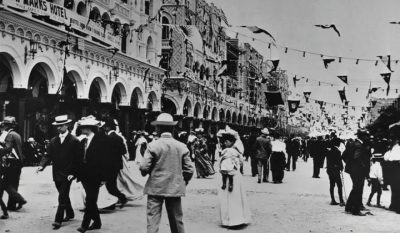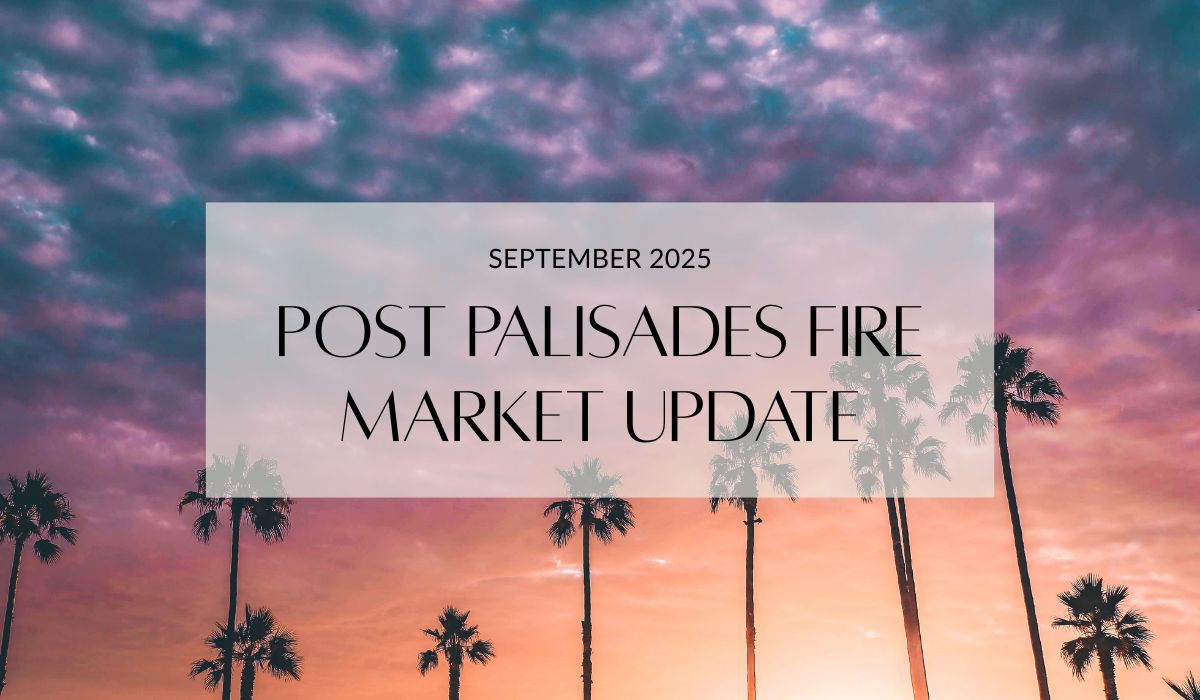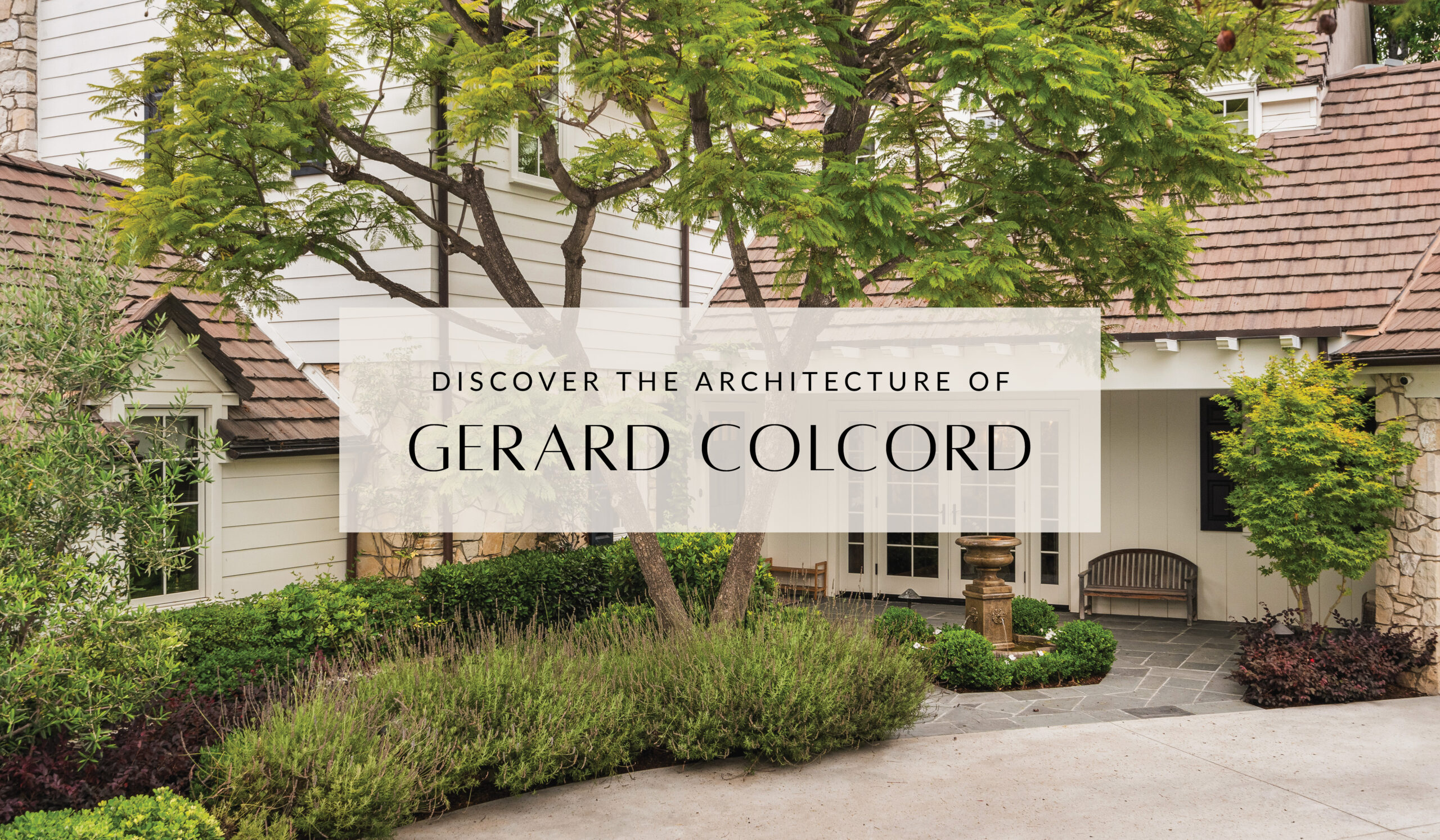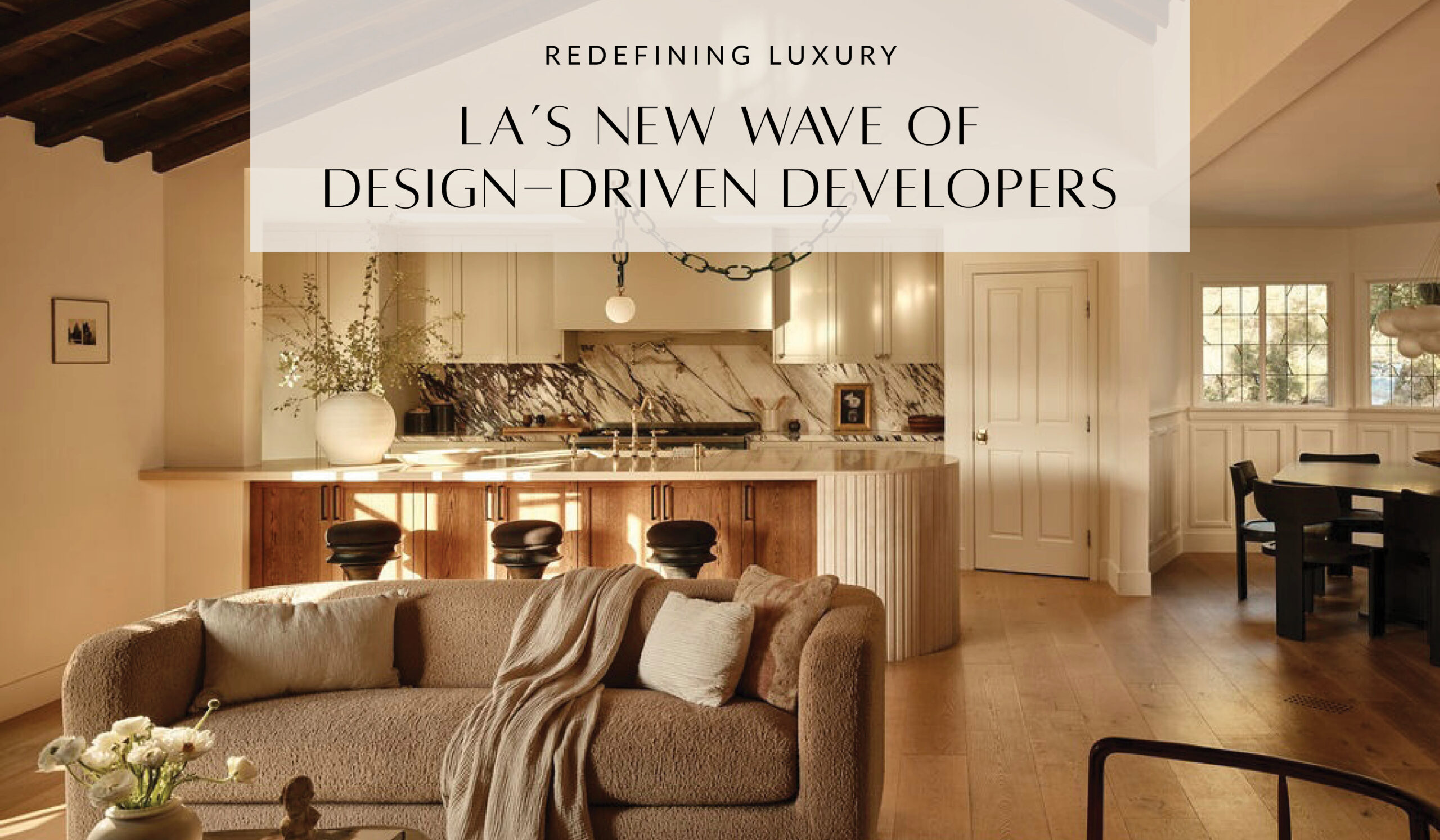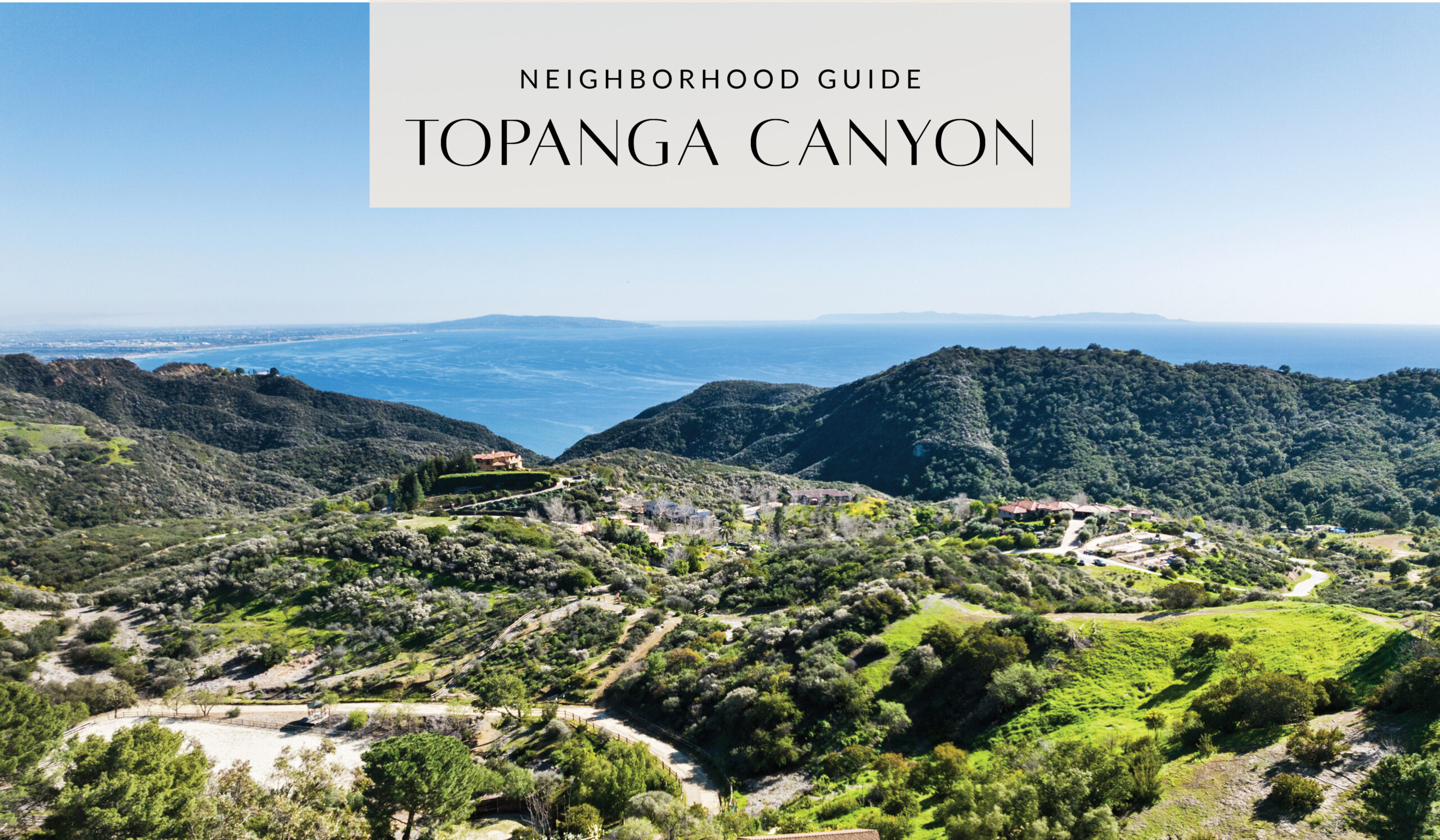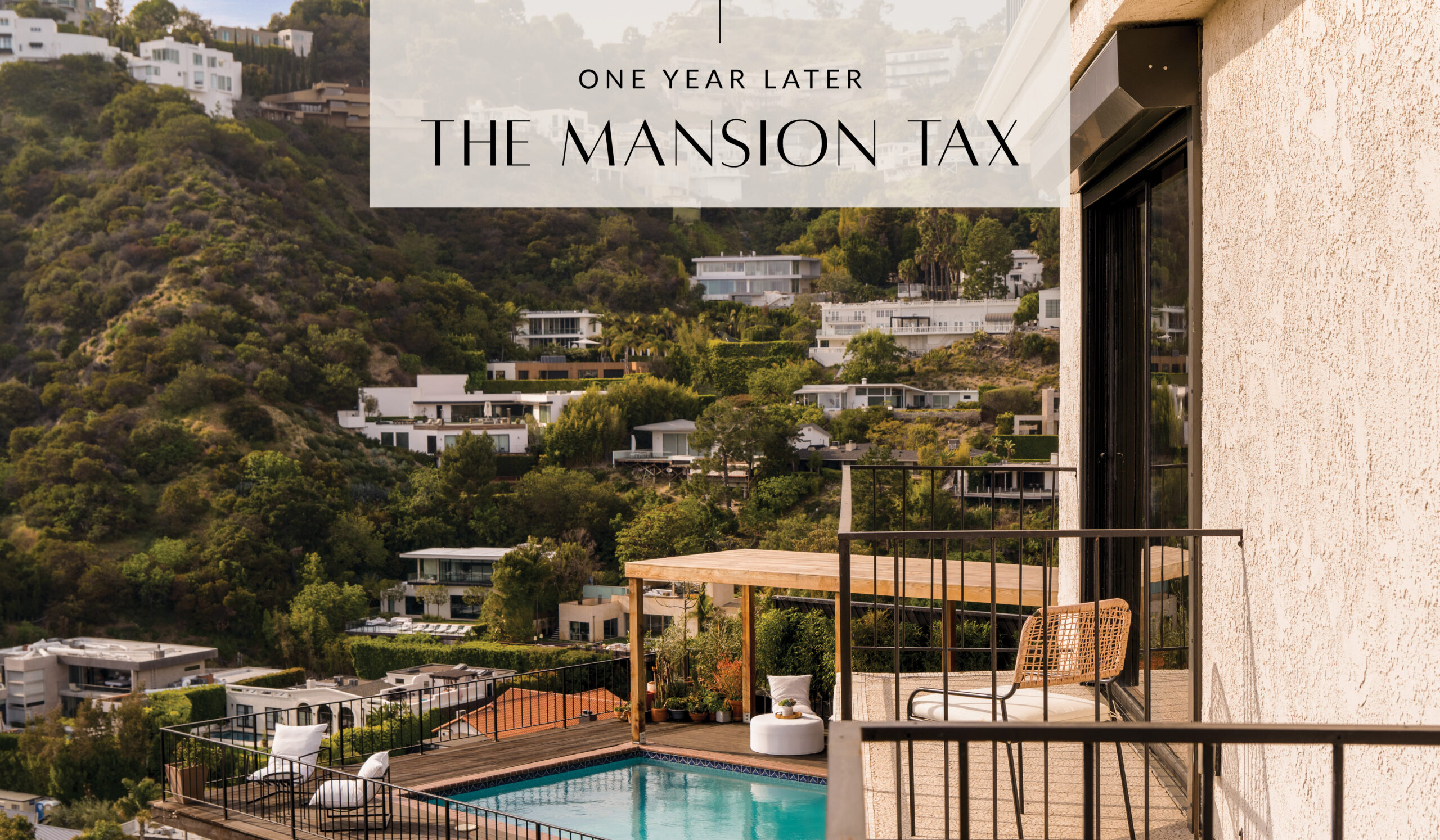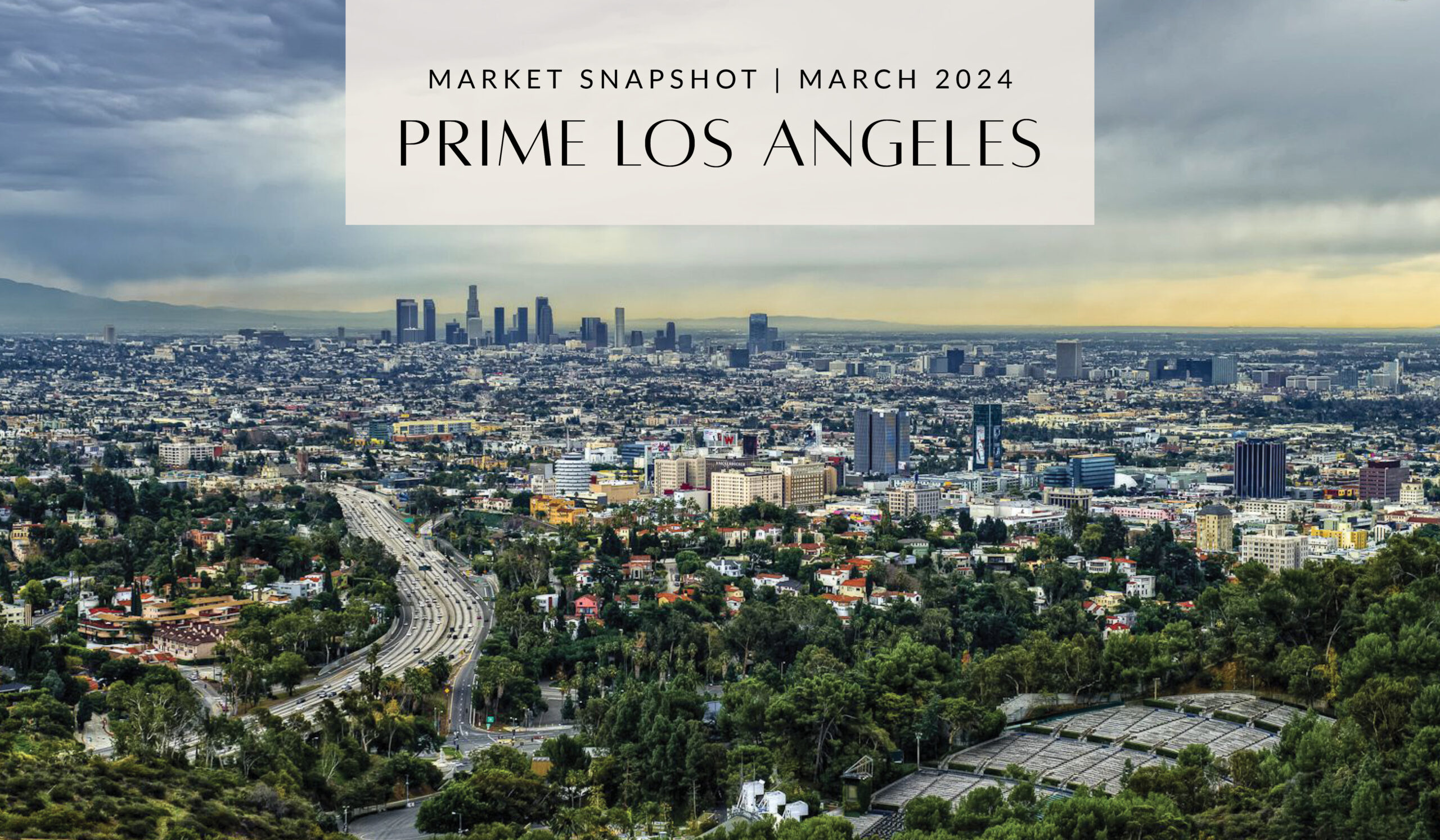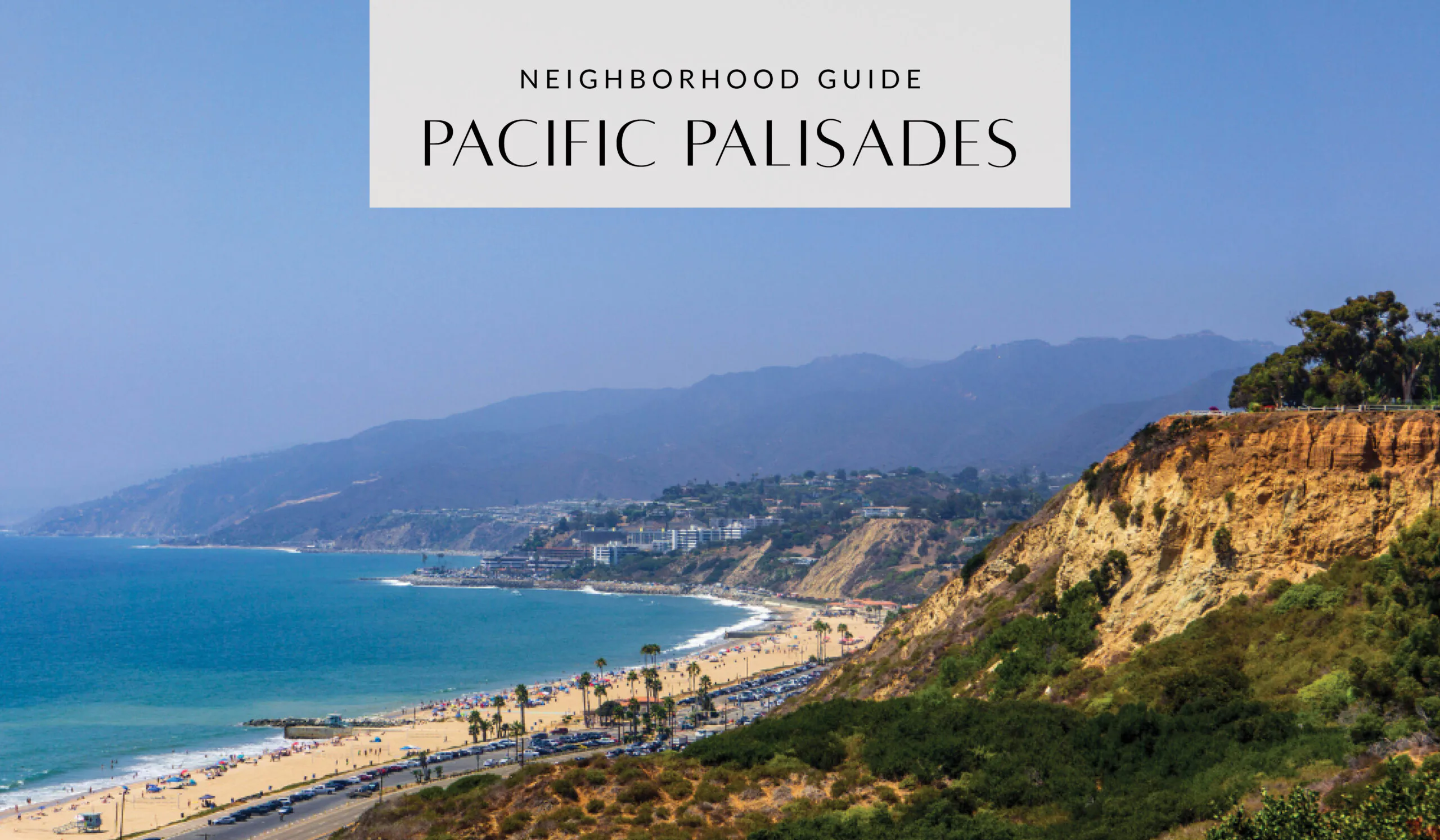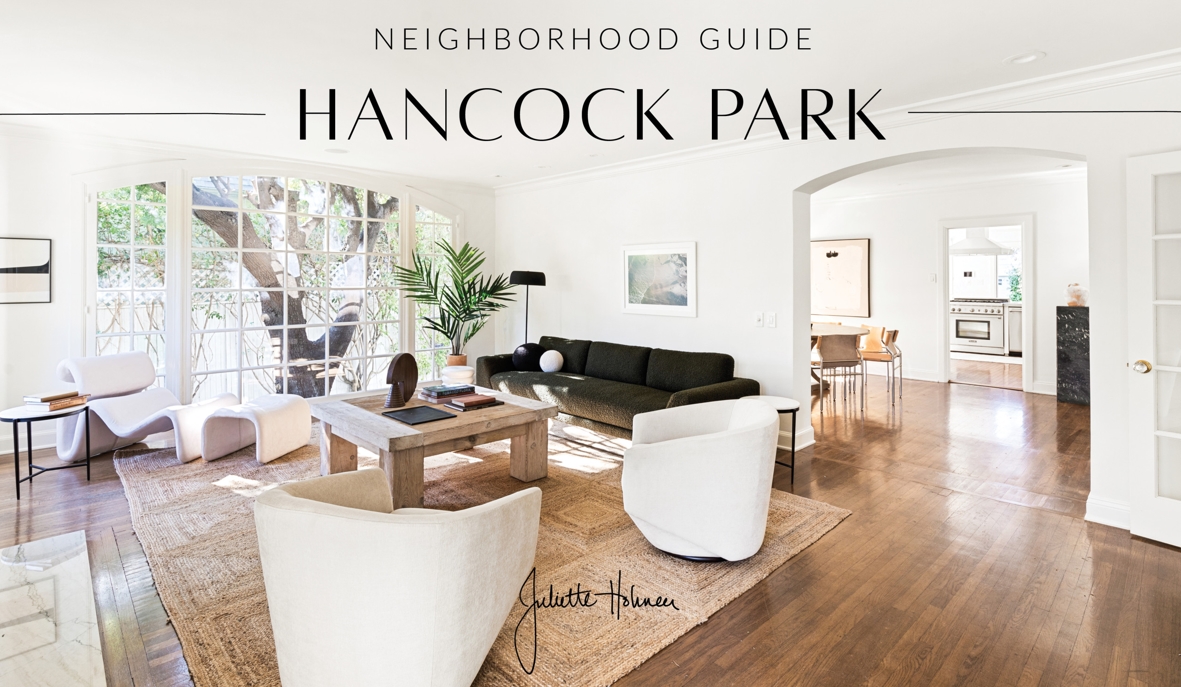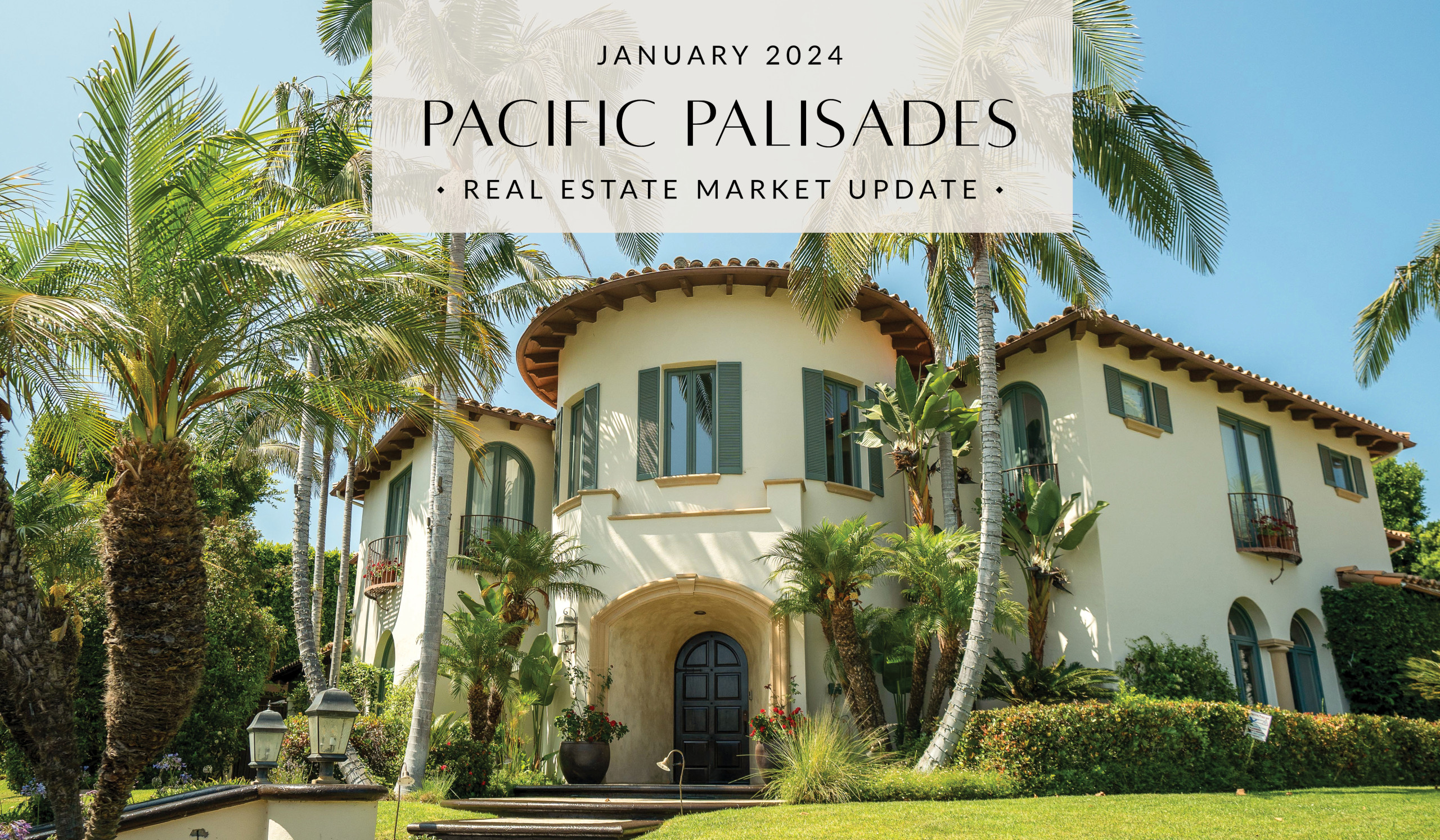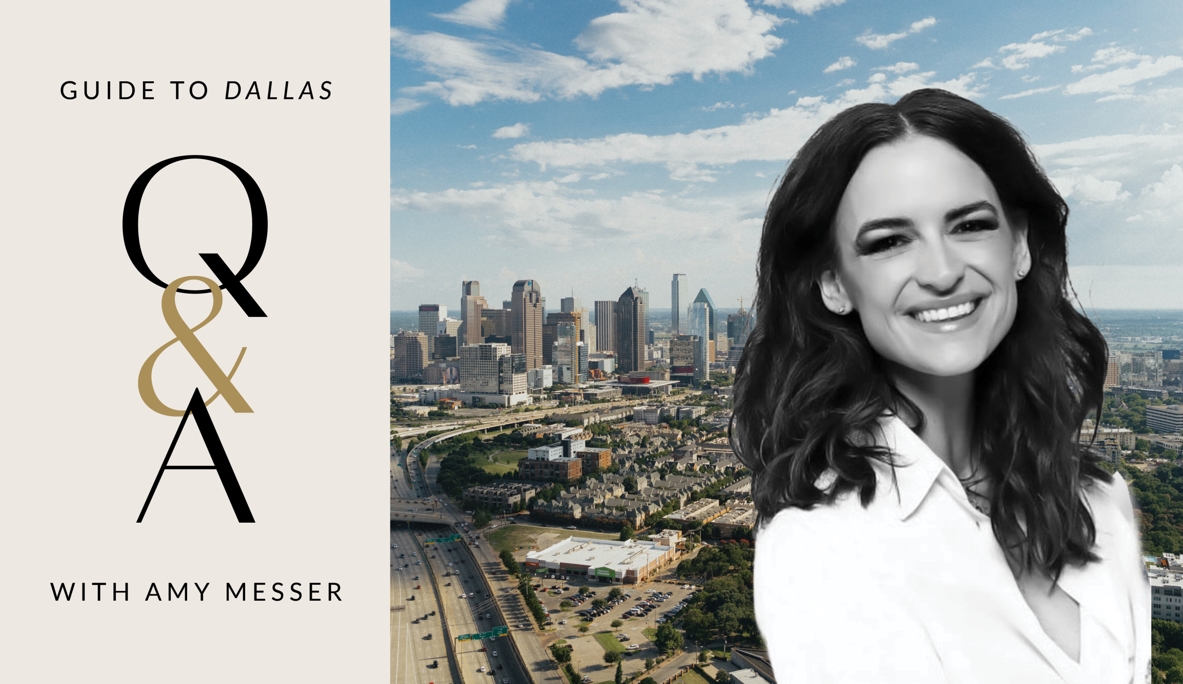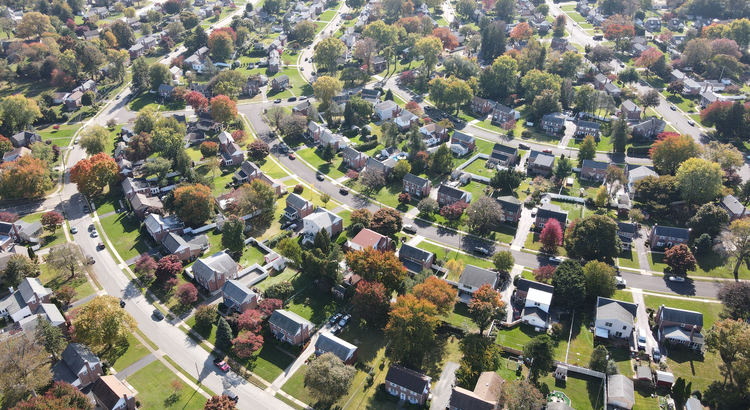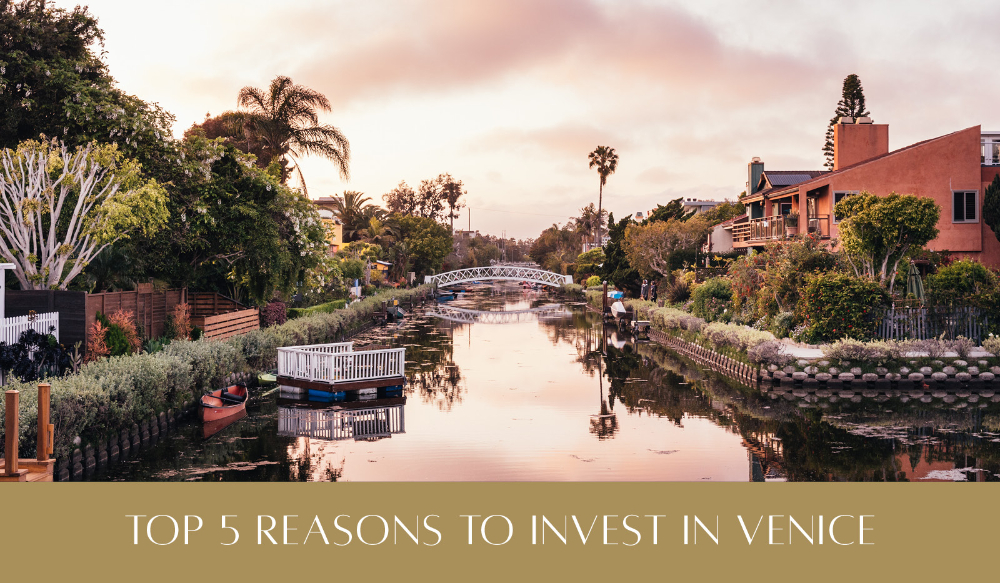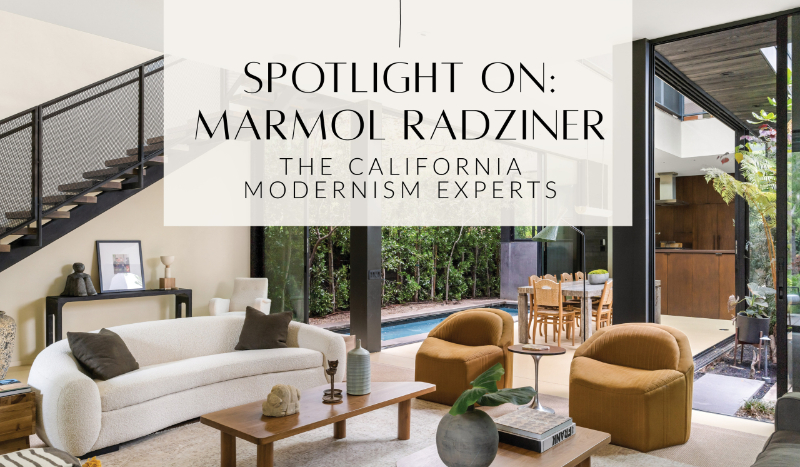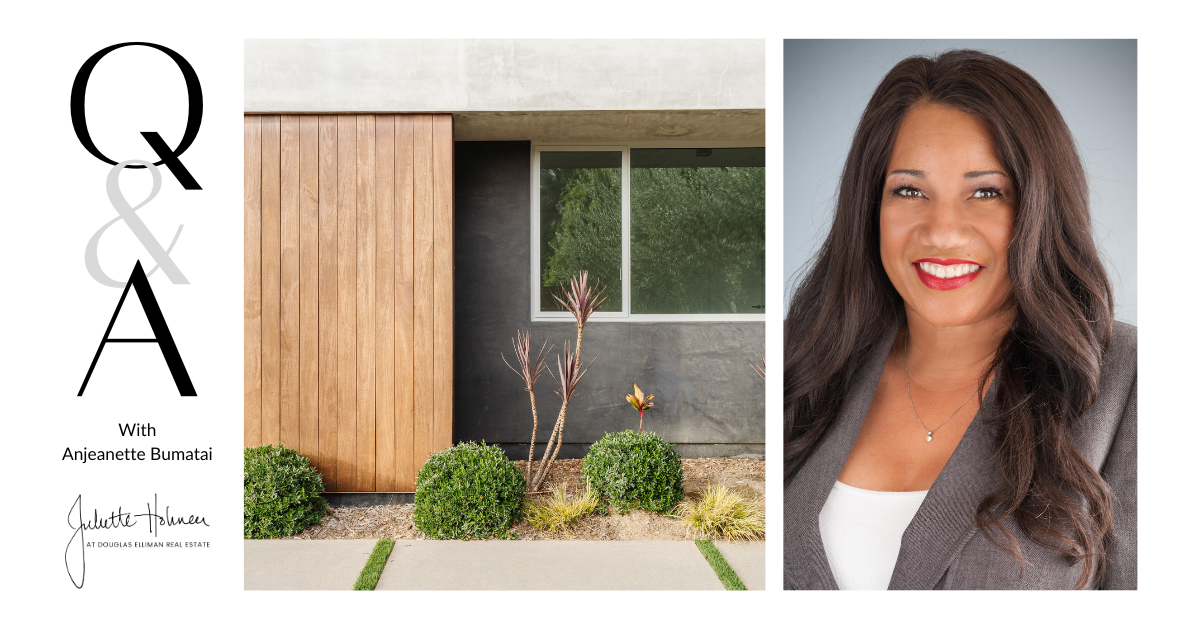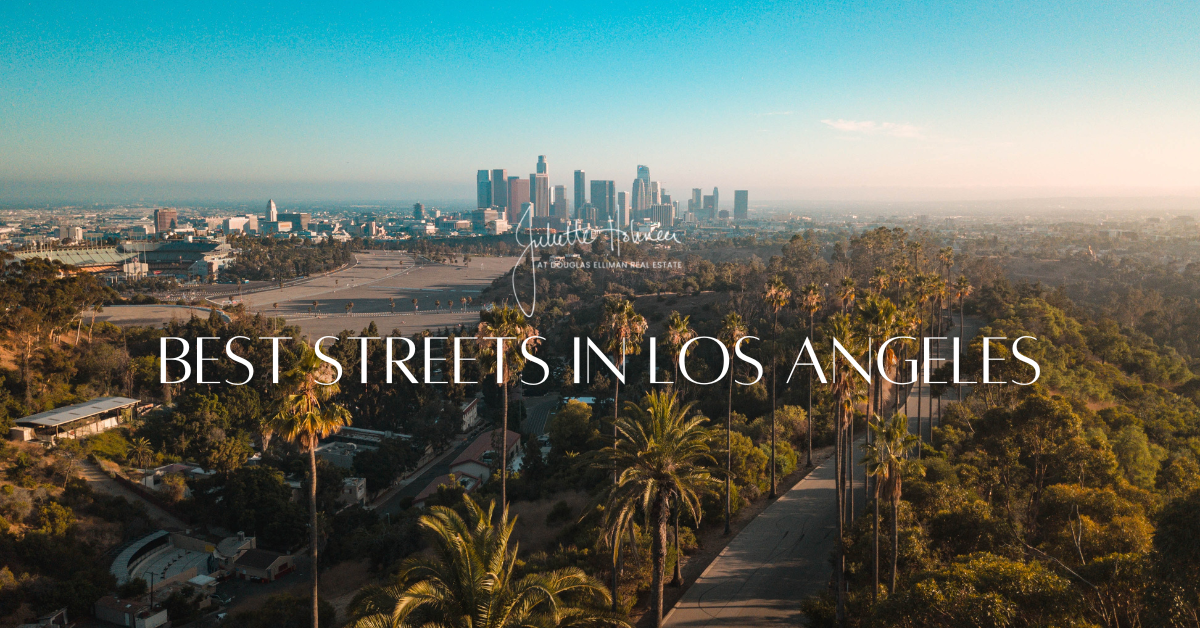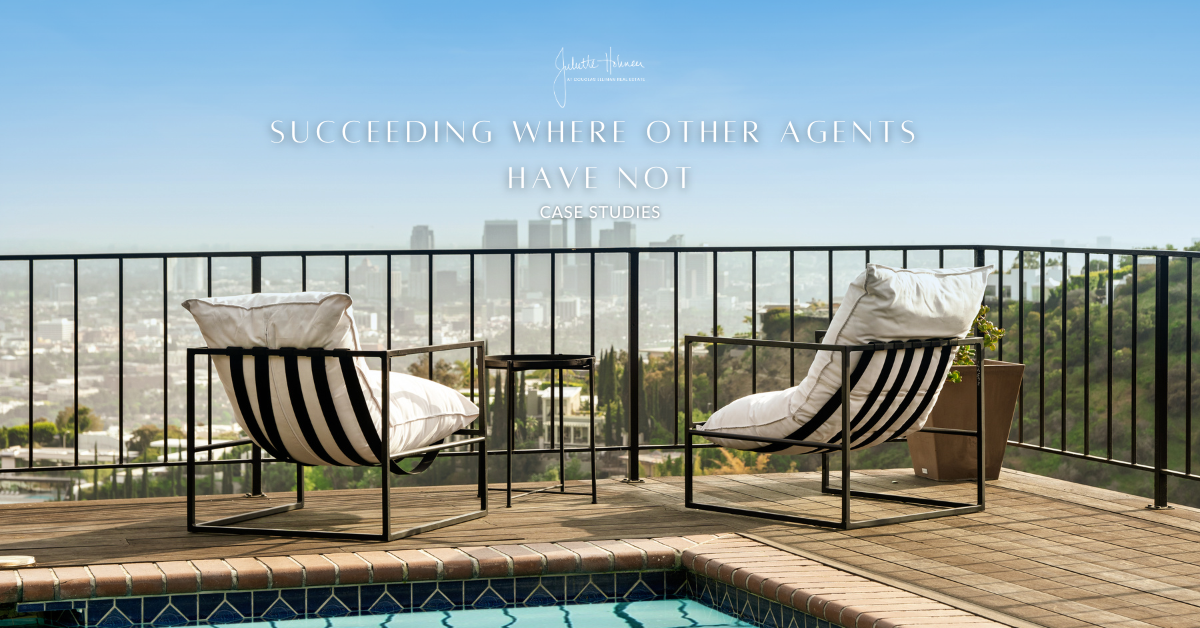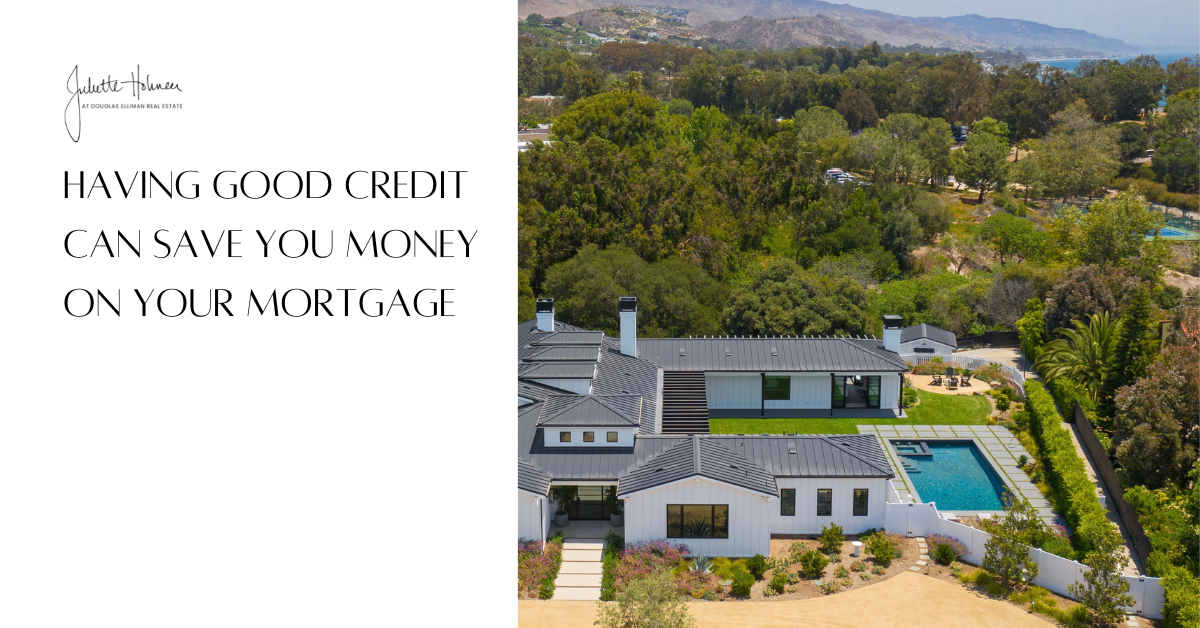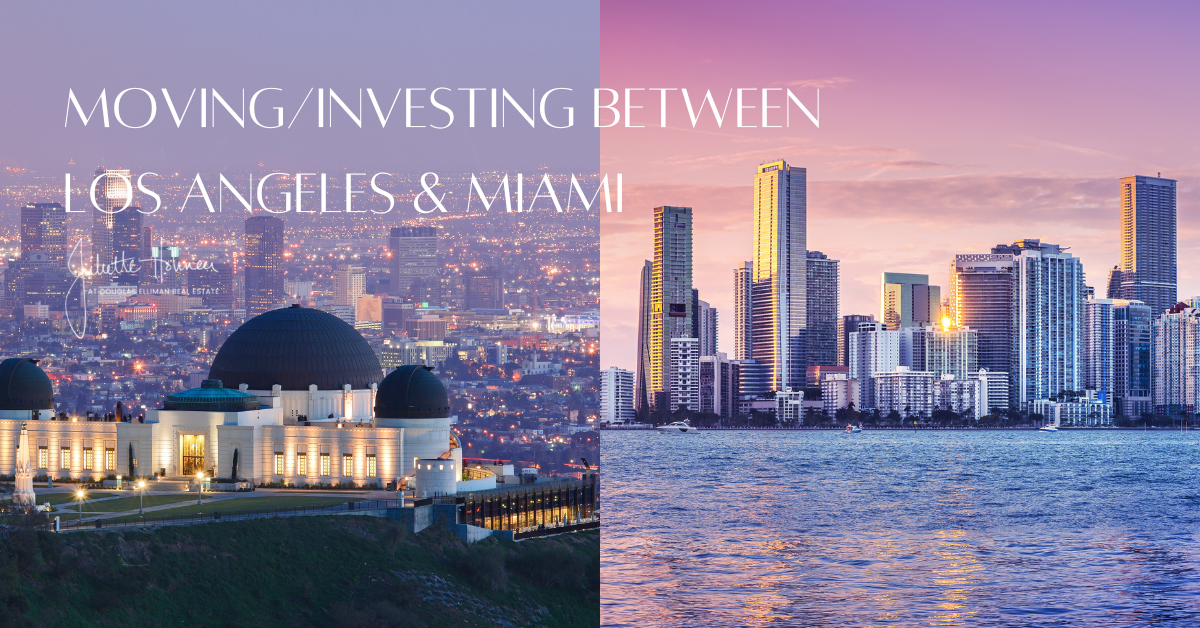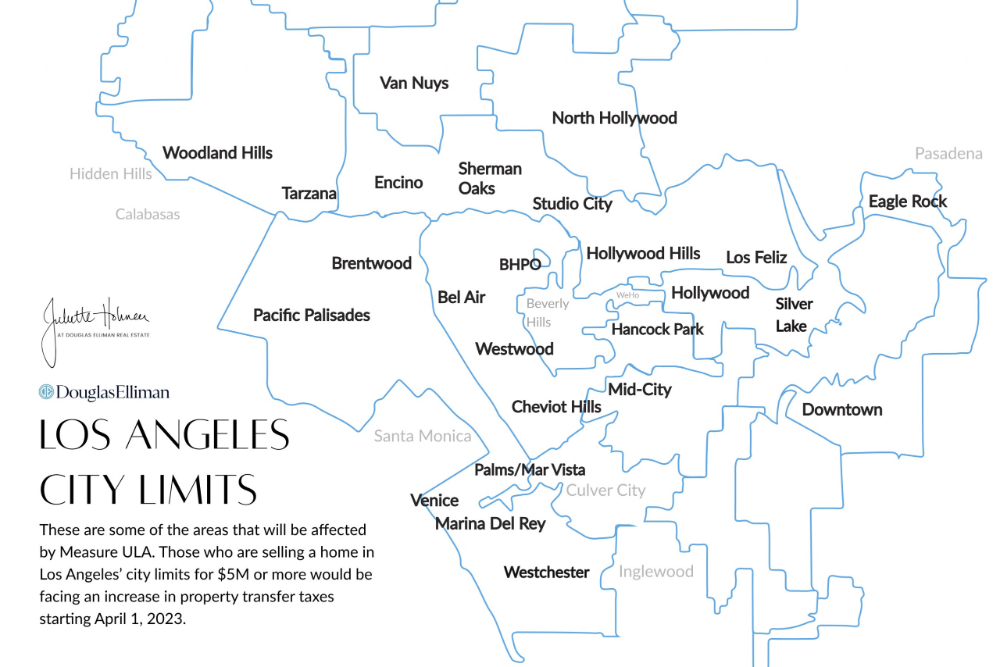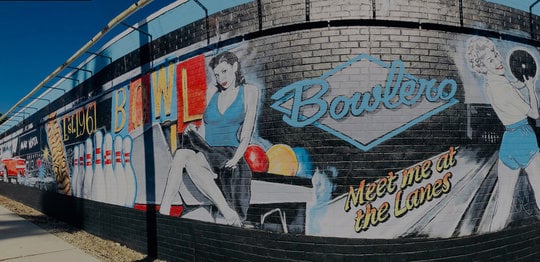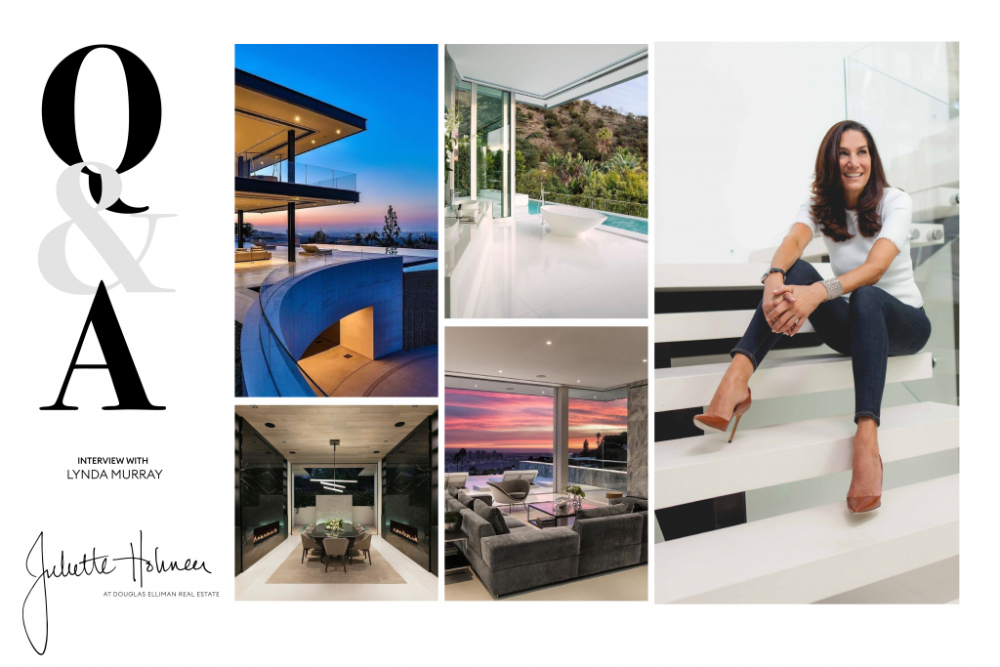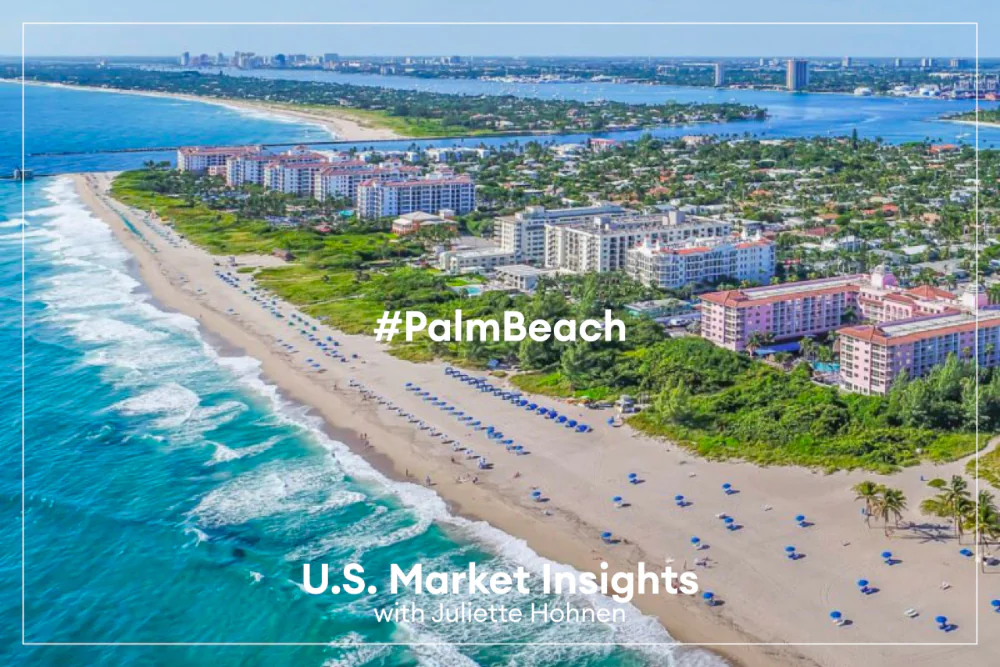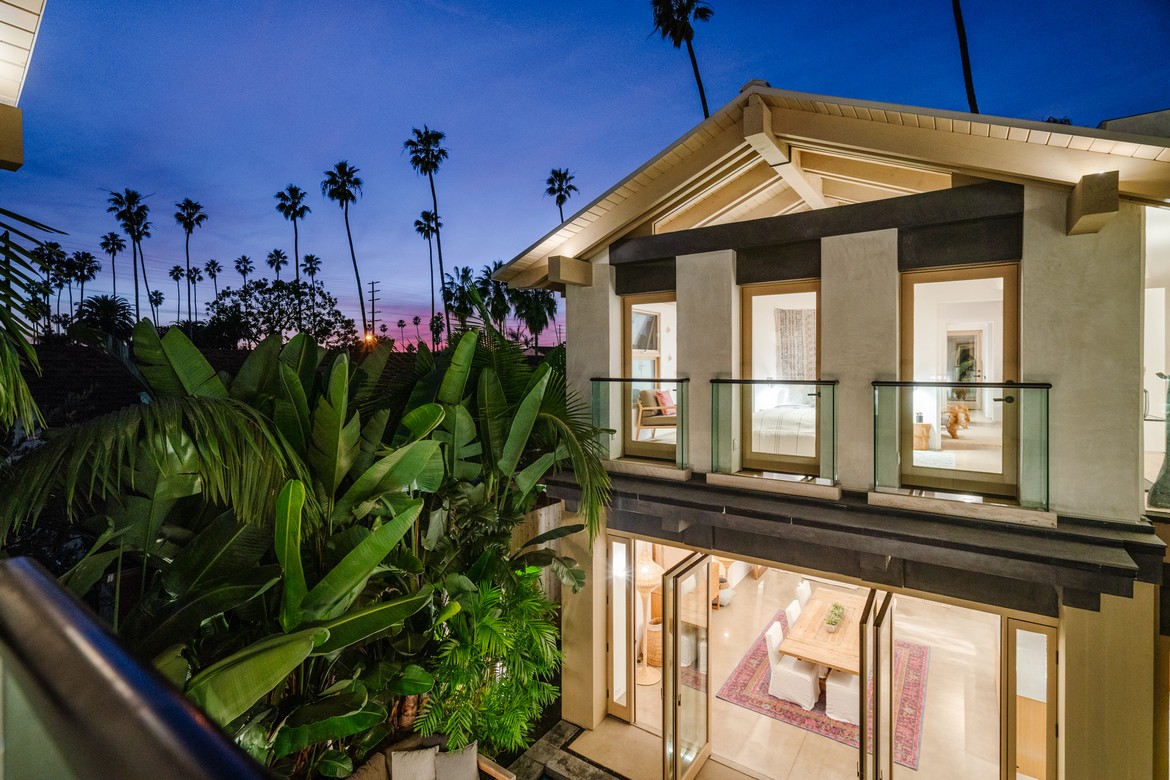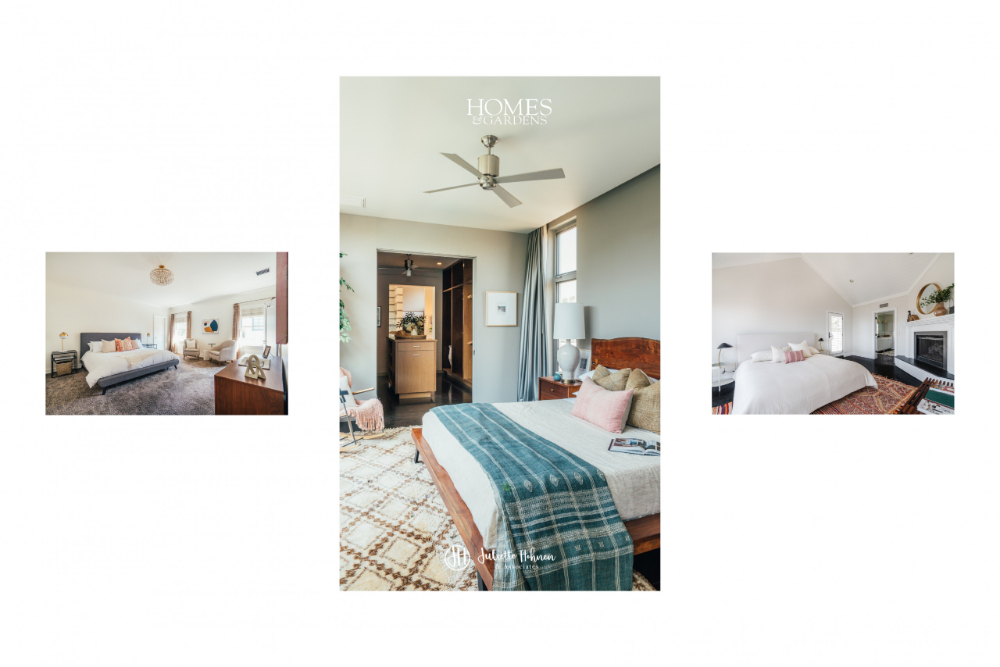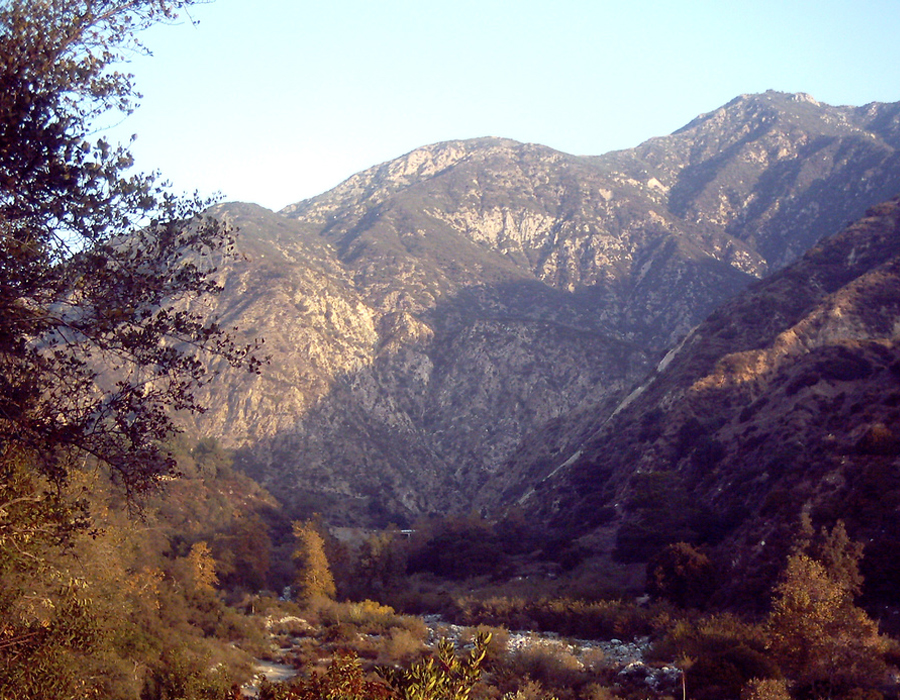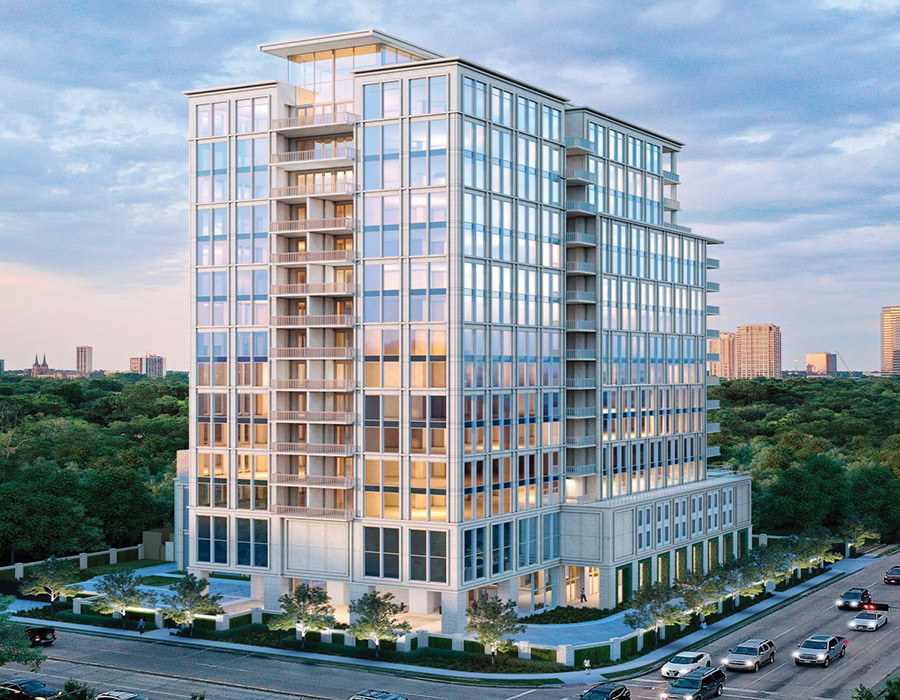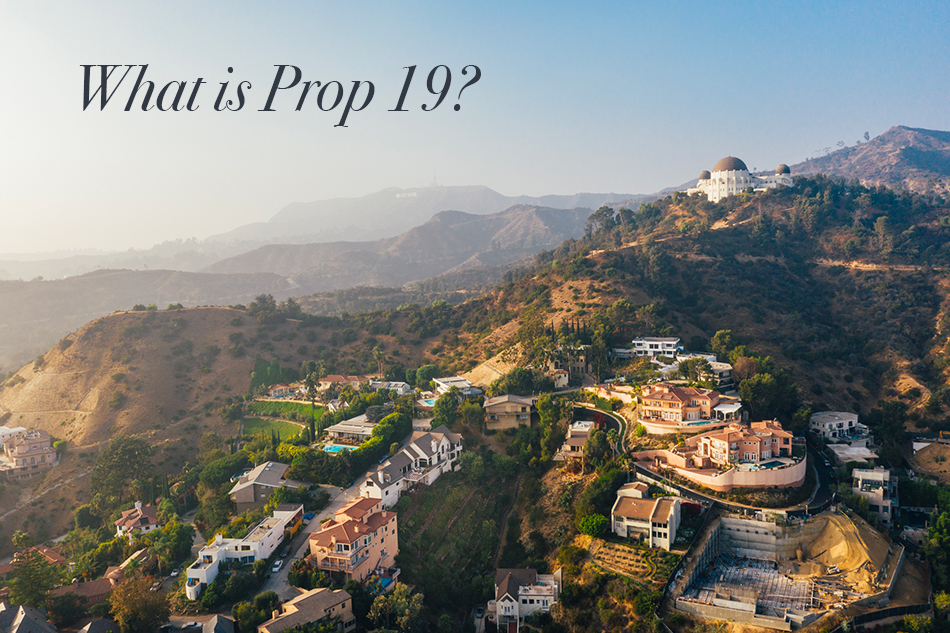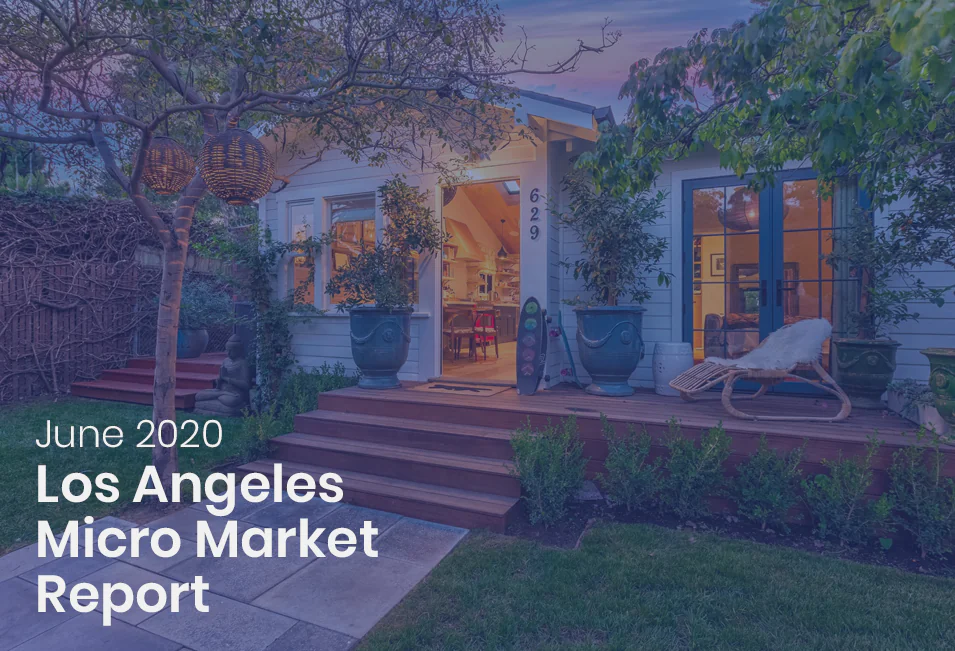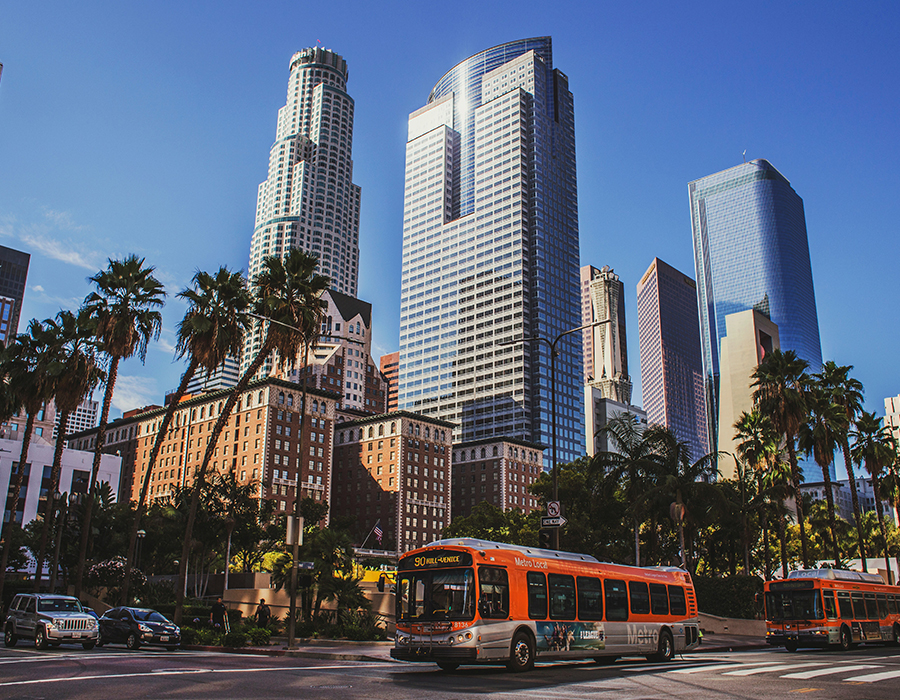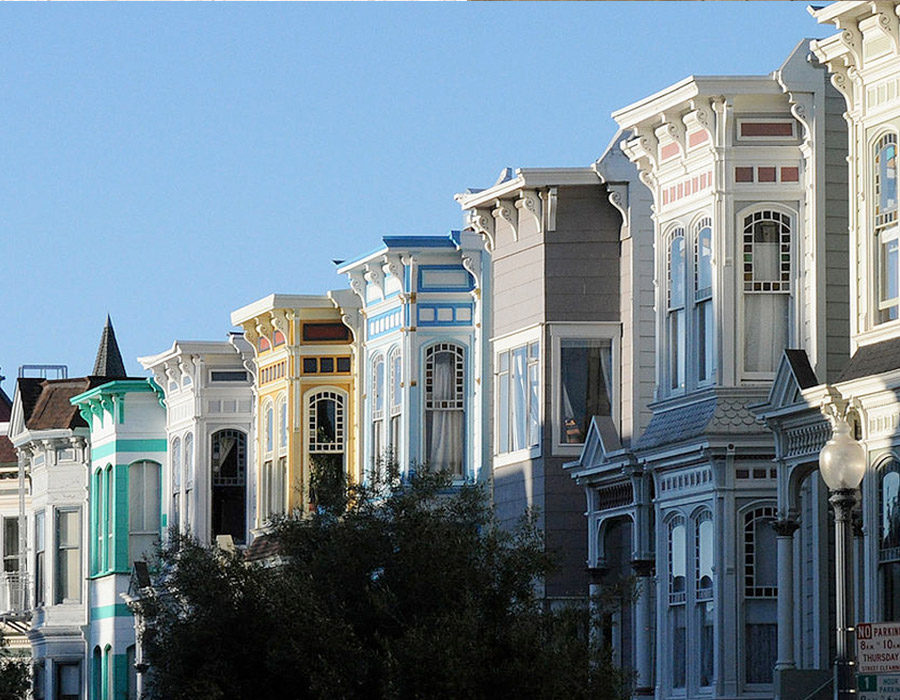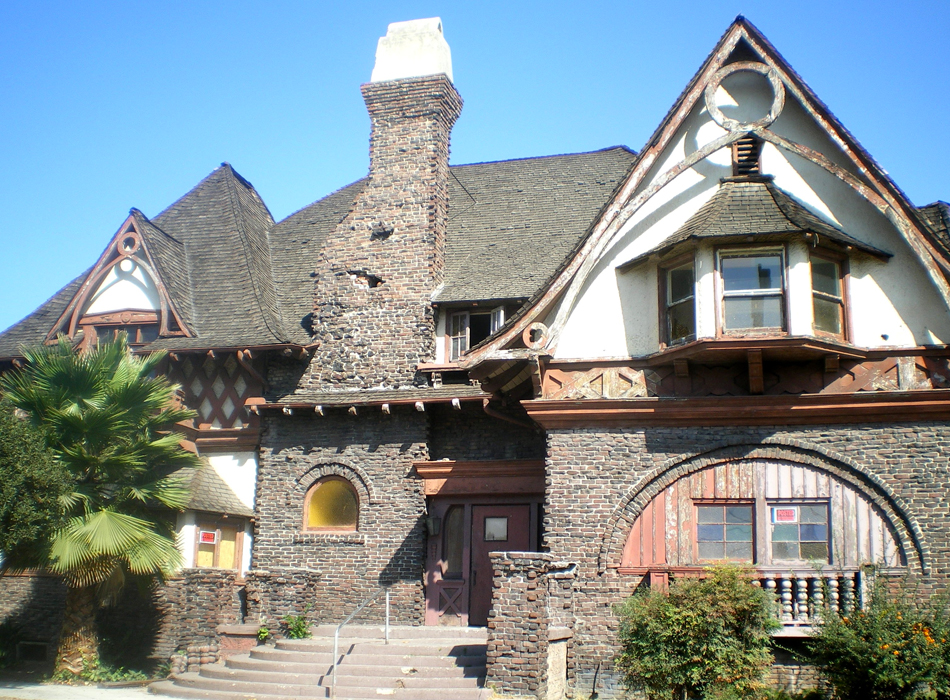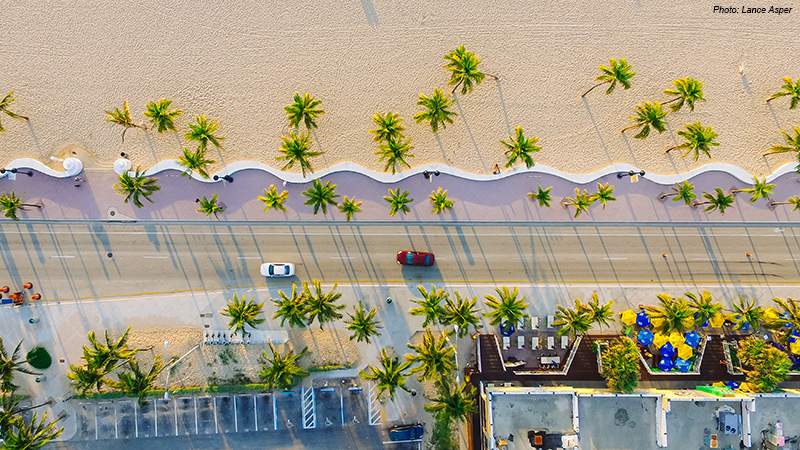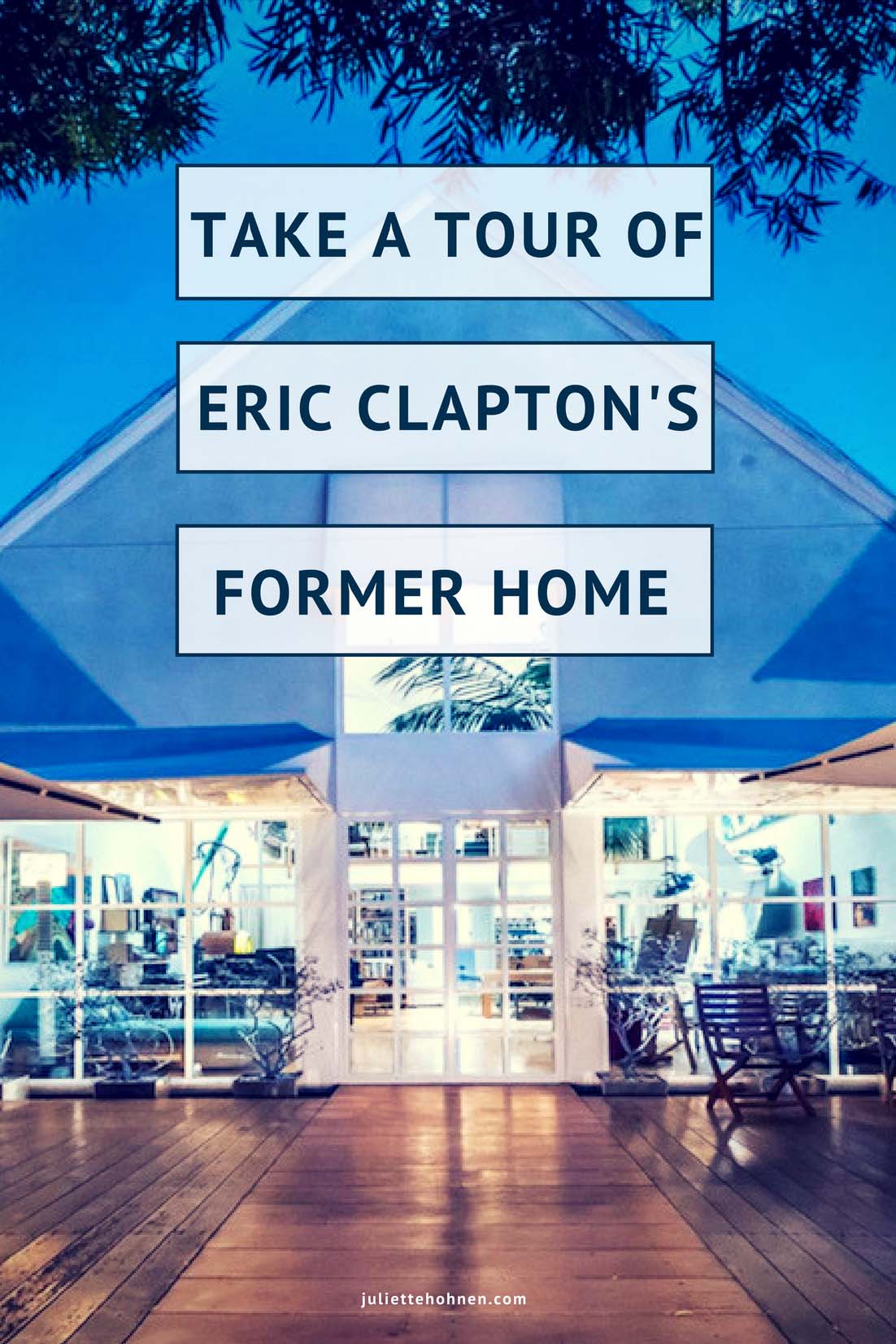The History of the Canals
After traveling abroad to Europe early in his studies, Abbot Kinney, a notable developer & conservationist, envisioned building a seaside community with grand waterways like those in Venice, Italy. After several other development ventures throughout California, his creation, the Venice of America, opened in 1905.

Venice earned the nickname “Coney Island of the Pacific” with its foreign exhibits, amusements, and freak shows. Trolley services bussed in onlookers from Downtown LA and Santa Monica. A miniature steam railroad ran on a 2.5 mile track around the entire park. And included inside the park was a system of canals, complete with gondoliers brought in from Venice, Italy.
Sadly, they paved over the canals in Abbot Kinney’s Venice of America long ago.
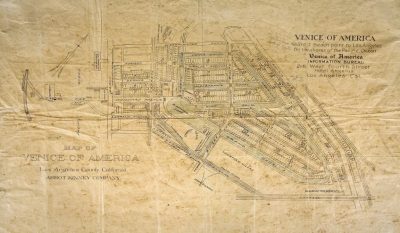
A Little Detour for Those Curious…
The original canals stood in what is now the Windward Circle neighborhood. Market Street, Main Street, Canal Street, San Juan Avenue, Windward Avenue, Altair Street, Cabrillo Avenue, and Grand Blvd were once all canals. The canals terminated at a large lagoon, where you will now find the Windward Traffic Circle. Two Pacific Electric trolleyways once surrounded the original canals, but they were later paved and are now known as Pacific Avenue and Electric Avenue.
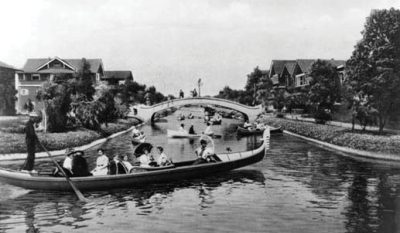
Soon after Kinney’s Venice of America opened, developers built a rival canal project called the Short Line Beach Venice Canals just south of it, and these are the canals that still exist today. The history is a little unclear on who developed the second set of canals.
In the late 1920s, the Venice community sadly filled in the original canals to align with the automobile age. Abbot Kinney had designed the canals for access by public rail, allowing people to walk and travel by gondola.
But visitors preferred coming by car and bemoaned the lack of parking around the canals (some things never change!). So the original canals were paved. The only reason the second set of canals were spared is because they were too sparsely populated to afford the special assessment that was levied to pay for the paving.
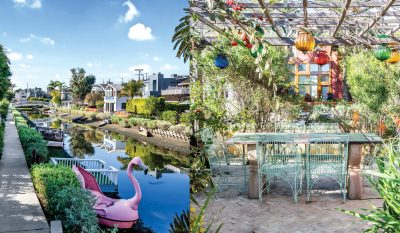
Real Estate in the Canals
According to the Venice Canals Association, there are 400 property owners in the canals, but I counted only 375 lots. Almost all of the lots are around 2850 square feet, although there are a few double lots.
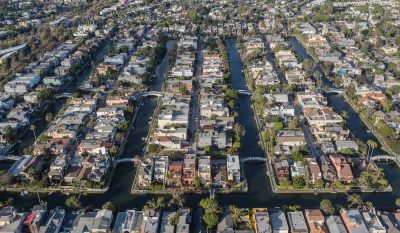
Currently, 10 homes are for sale in the canals, with 4 priced over $5 million. The highest priced listing is asking $6,500,000 ($1964/sf). In the past year, there have been 0 sales over $5 million, but there were 5 sales over $4 million. The highest sale in the past year was $4,917,500 ($1237/sf).
The average sold price in the past year was $3,450,000. The average sold price per square foot is $1337/sf. And the average days on market for sold properties (average days to sell) is 82 days.
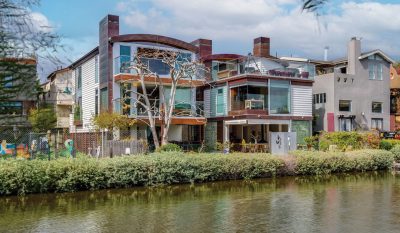
The Carroll Canal Compound, located at 425-427 Carroll Canal, was the highest sale in the Canals at $7,460,721 in 2021. This property had 2 homes on 2 lots.
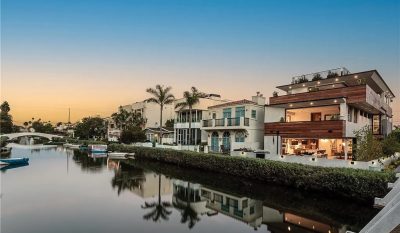
The highest sale for 1 individual home was 210 Linnie Canal, a new build, which sold for $7,450,000 ($1568/sf) in 2022.
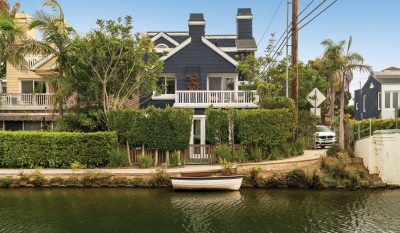
Want to live in the Canals?
I have an incredible property that was just listed for lease right in the heart of the Venice Canals. If y0u’ve been toying with the idea of living in one of the most pedestrian-friendly, iconic neighborhoods on the Westside, this is the perfect opportunity to give it a go!
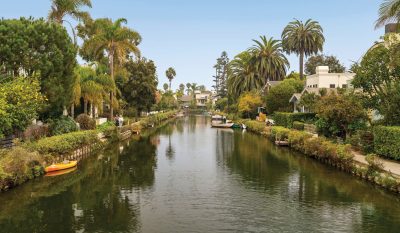
Living on the canals gives you access to everything that makes Venice a destination for locals and tourists alike – amazing food, incredible nightlife, a variety of boutiques and local vendors, high-end shopping, the beach, and so much more.
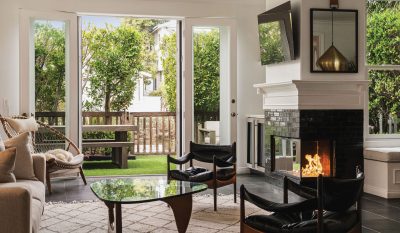
If you’re interested in learning more about 402 Howland Canal, make sure to give me a call or send me an email at [email protected].

